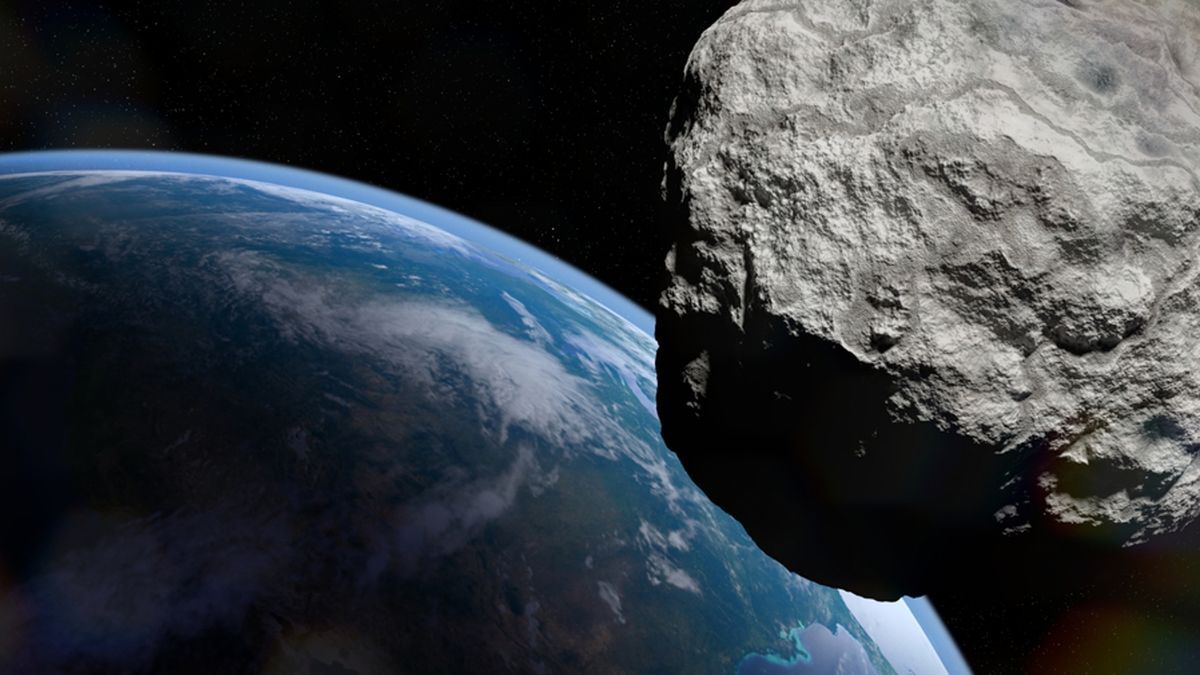In the wee morning hours on Sunday (Jan. 21), a tiny asteroid came hurtling through the sky and smashed into Earth’s atmosphere near Berlin, producing a bright but harmless fireball visible for miles around. Such sightings typically occur a few times a year — but this one was unique because it was first detected by scientists roughly three hours before impact — only the eighth time that researchers have spotted one of these space rocks before it hit.
The asteroid, dubbed 2024 BXI, was first discovered by self-proclaimed asteroid hunter Krisztián Sárneczky, an astronomer at the Piszkéstető Mountain Station, part of Konkoly Observatory in Hungary. He identified the cosmic rock using the 60-cm Schmidt telescope at the observatory. Shortly after the space rock’s discovery, NASA gave a detailed prediction of where and when the meteor would strike.



I’ve heard the argument that we are approaching the limit of what we can do with surface-based astronomy.
So I googled it, and found this well written article. Although not really cited, it does discuss the potential impact this has on detecting Potentially Hazardous Objects/Asteroids (PHO or PHA). It also touches on the current failure rate, estimates of future LEO satelite… populations (i guess?), as well as the potential debris they could cause.
https://bigthink.com/starts-with-a-bang/ground-based-astronomy/